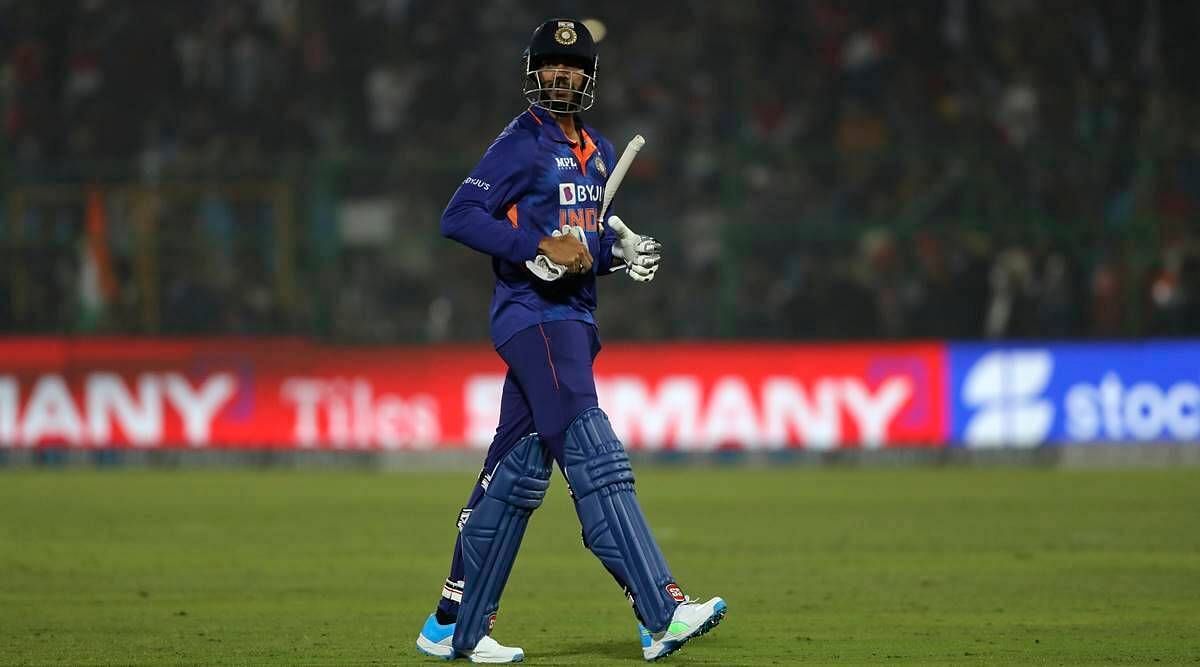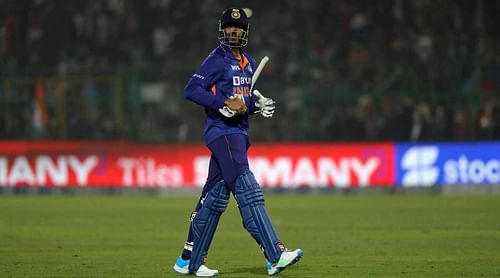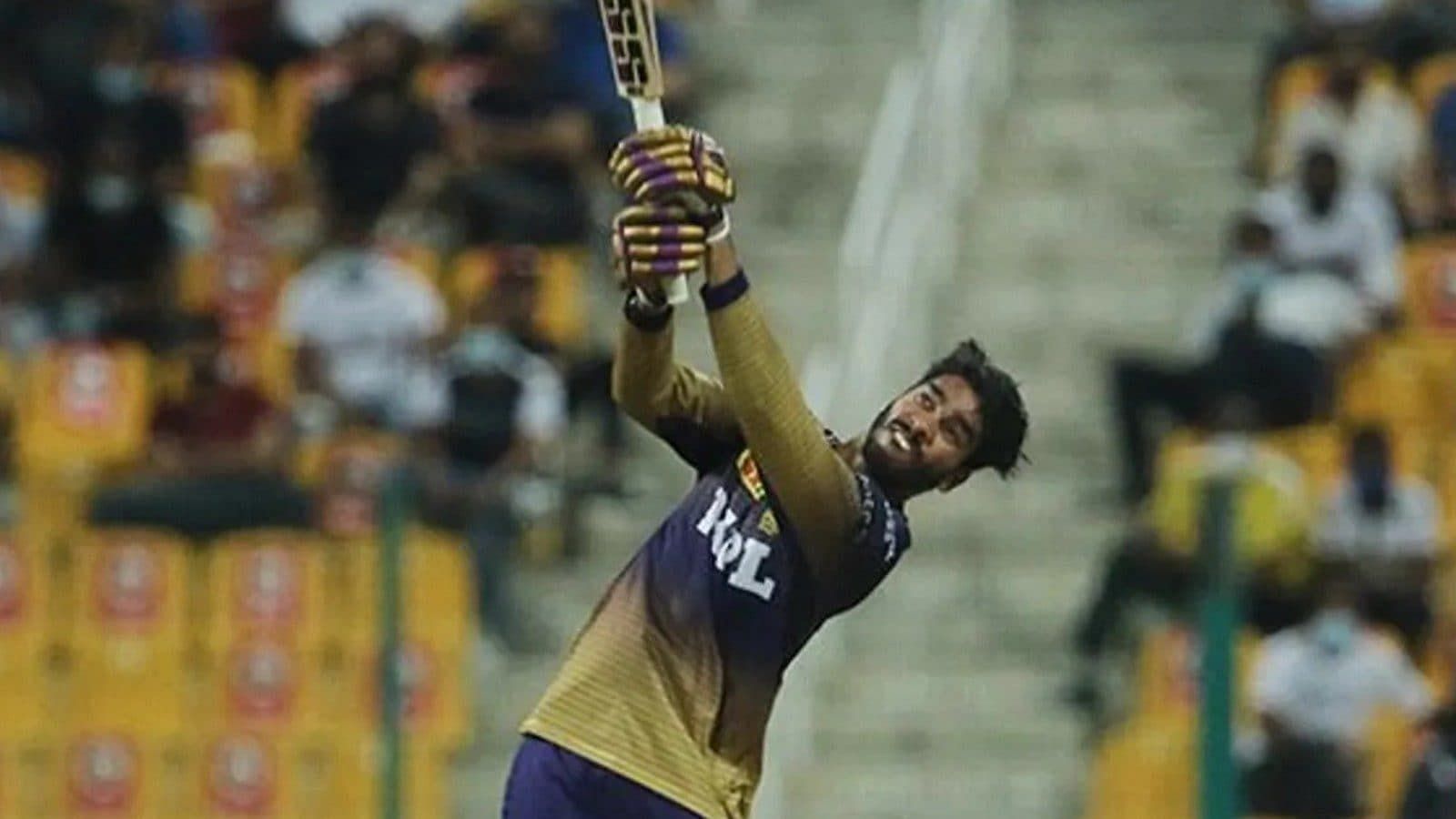
Should India play Venkatesh Iyer at No. 4 in ODIs?

Venkatesh Iyer is currently fortune's favorite child.
After just half a season of the Indian Premier League (IPL), the 27-year-old finds himself in the Indian team in the shorter formats, with an eye on playing the ICC T20 World Cup in Australia later in 2022. His glittering IPL season was perfectly timed, with India's erstwhile pace bowling all-rounder Hardik Pandya going through a wretched run of form and the team bearing the brunt of not having a sixth bowling option.
Five games into his nascent international career, however, there appears to be some trouble in paradise. While the team performed well on the whole against New Zealand, India's disastrous showing in South Africa has placed some pressure on Iyer to put in performances with both bat and ball. Although he has not made any mistakes that could not be put down to nerves, India's latest debutant has not excelled at the highest level just yet, and there seems to be one major factor holding him back.
Although the Madhya Pradesh (MP) cricketer did start out as a middle-order batter, his main recent starring performances have all come at the top of the order. However, with India's top order set in stone, the space for experimentation only begins from No. 4. Should India then take a leap of faith and try Iyer at two-down?
Why Iyer might be better utilised higher up the order

It was MP coach Chandrakant Pandit who had pushed the young all-rounder to open the innings for his state team. The veteran coach reasoned that someone with Iyer's stroke-making ability was not getting enough time lower down in the order and would be better off free of the constraints that batting at No. 6 imposed.
Despite the player's own initial reservations to the idea, the change was made, and Iyer flourished at the top in both the shorter formats for MP. It barely came as a surprise to his former coach when the youngster starred for the Kolkata Knight Riders (KKR) in the IPL, carrying forward the momentum as an opener.
So what did he do well in the IPL? On slow pitches, he used his feet to get to the ball and was not afraid to take the aerial route. The opener's best performances came about when he looked to attack the bowlers straightaway and did not worry too much about pacing his innings according to the way the opposition had batted.
In his two games at No. 6 against South Africa, Iyer has found it difficult to get going largely because of the match situation, where India lost wickets at both ends in quick succession on a tricky surface. With lesser batters to follow and time running out, India's designated finisher has been pushed into awkward situations where he can neither play his natural game nor take his time without feeling the heat.
Given that Iyer's place in the side is a near certainty, as India see him as a unique solution to their sixth bowler problem, the team can defer to what suits his game better and bat him at the highest available spot, i.e. No. 4. With incumbent No. 3 Virat Kohli preferring a sedate approach to his batting of late, the lanky all-rounder can be used as an enforcer to restore momentum to the innings.
There are enough fail-safes in the form of Rishabh Pant and Shreyas Iyer to follow. Both Shreyas and Pant strike the ball at over a run a ball, and the experienced duo are better equipped to target bowlers and find the gaps towards the close of the innings.
Iyer has proven himself in the IPL and in the second ODI to be a handy bowler who bowls stump to stump and varies his pace well. To make best use of his offerings - and to stand a better chance as a team - India can potentially rejig their batting line-up in the third ODI and take away new learnings.